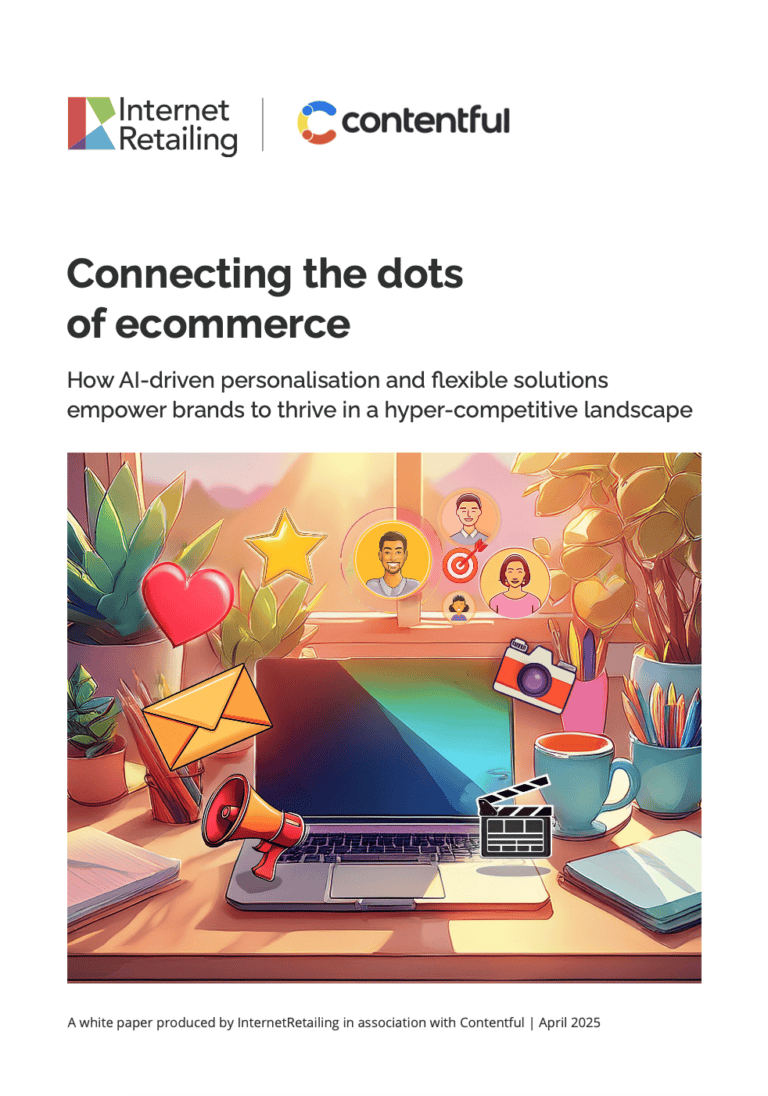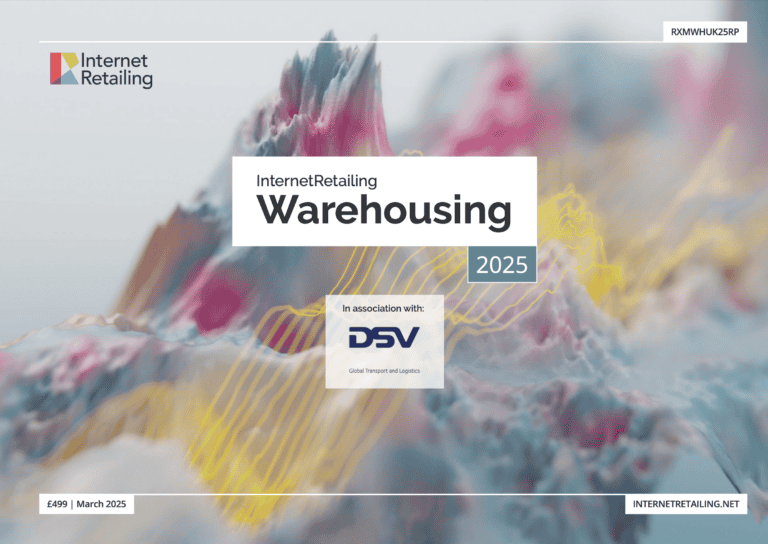A new US study ‘Comparison Shopping is a Way of Life’, produced by The E-tailing Group and WinBuyer, has found that 94% of online shoppers now invest time in finding the lowest price for commodity products. Moreover, TCO (total cost including shipping and handling) and product price were named as the two most important influencers for online purchase decisions by consumers surveyed for the study.
95% of online shoppers in the US now visit at least two websites before finalising a purchase and 51% check out four or more sites. And the researchers suggest that retailers could combat this by offering Onsite Comparative Pricing (OCP) — showing competitive prices on the product detail page during a key customer decision-making time.
“Savvy consumers are using the internet to find value, particularly when shopping for commodity products,” says Lauren Freedman, president of The E-tailing Group. “Efficiency of price comparison and the ability to merely Google it, check Amazon’s prices or visit a few competitors is core to today’s consumer shopping behaviour. This survey certainly shows that consumers would like the convenience of accessing such information on any given retailer’s website.”
63% of consumers rated comparing competitive prices onsite very to somewhat valuable and one in three shoppers gave the capability of rating competitive prices without leaving a retailer’s website a score of ’10’. Additionally, the convenience of having the information on the product page is important to 57% while more than 40% believe this capability would save them both money and time. Over half (53%) say they would be less compelled to comparison shop elsewhere if they could access competitors’ pricing from a retailer’s website.
78% said they would be likely to return to a retailer that showed competitors’ prices on their website and 36% said they would be much more loyal to that merchant. And, even when competitive prices shown are lower, 39% would further trust and be motivated to buy from that retailer again.
In the future, 58% say they would expect all retailers of commodity products to incorporate this kind of competitive comparison pricing tool into their shopping experience.









